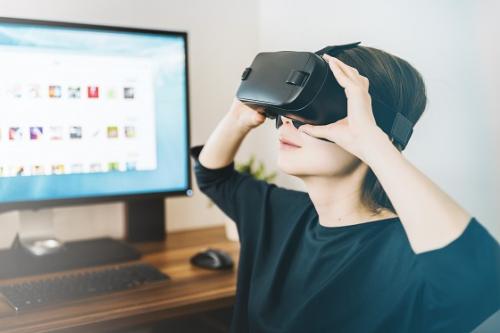Virtual Classrooms: Why We Need Them

Technology, huh? No matter how vaguely the world may describe its continued progress and evolution, it doesn't take away from the fact that technology has made much difference in every aspect of our lives. Today, we can shop for groceries online and consult with specialist doctors without even stepping out of our homes. However, there's one facet of human existence that it has had a particularly profound effect on -- education. Among the many novel tools for teaching that we now have access to, virtual classrooms have evinced extraordinary interest from all quarters.
Why? There are many reasons for that, but let's start with the basics first. A virtual classroom alludes to a digital environment for learning that enables real-time interaction between the teacher and students while they engage in activities aimed at education. The definition alone says quite a bit about why the concept is gaining popularity at a rapid pace -- it takes away the constraints of physical space. Instead, it empowers individuals with the ability as well as requisite tools to continue learning just as well as they would in a traditional classroom, albeit with the added advantage of being in the comfort of your home or wherever it is the students may wish to be.
Listed below are some of the most compelling benefits of virtual classrooms to help you understand precisely what makes them so important in this day and age.
- Timing-related agility: If you thought the only flexibility provided by virtual classrooms is in the context of geographical location, you'd be entirely wrong. Besides the ability to learn from wherever one wants, virtual classrooms also deliver the flexibility of timings, i.e. they can be scheduled for whatever time best suits the student/learner.
- Unfettered sharing: Students in a conventional classroom typically exchange notes, reading the material, and more, yes? And just because it's a virtual classroom doesn't mean that such sharing of resources can't happen. Virtual classrooms typically offer a plethora of features and functionalities that allow learners to share requisite material amongst themselves without a fuss. And not just that, teachers and trainers too can share the article. Say, the instructor wants you to work on a particular exercise -- they can easily share PDFs, presentations, and essential content in any form.
- Access to global levels of education: One of the most significant drawbacks of the traditional classroom set up is that it offers little to no scope for access to experts from across the world. That, thankfully, isn't the case with virtual classrooms, which means students can sign up for whatever course they are interested in, irrespective of their geographical location -- neither at the time of signing up nor at any other point through the course's duration.
Does such a set up deviate from the norm in the context of the process of education -- the one that we have become accustomed to? Absolutely. But as the above discussion amply demonstrates, a virtual classroom software can potentially revolutionize education, allowing people to better serve the needs of the target group, i.e., students.
Advertise on APSense
This advertising space is available.
Post Your Ad Here
Post Your Ad Here
Comments